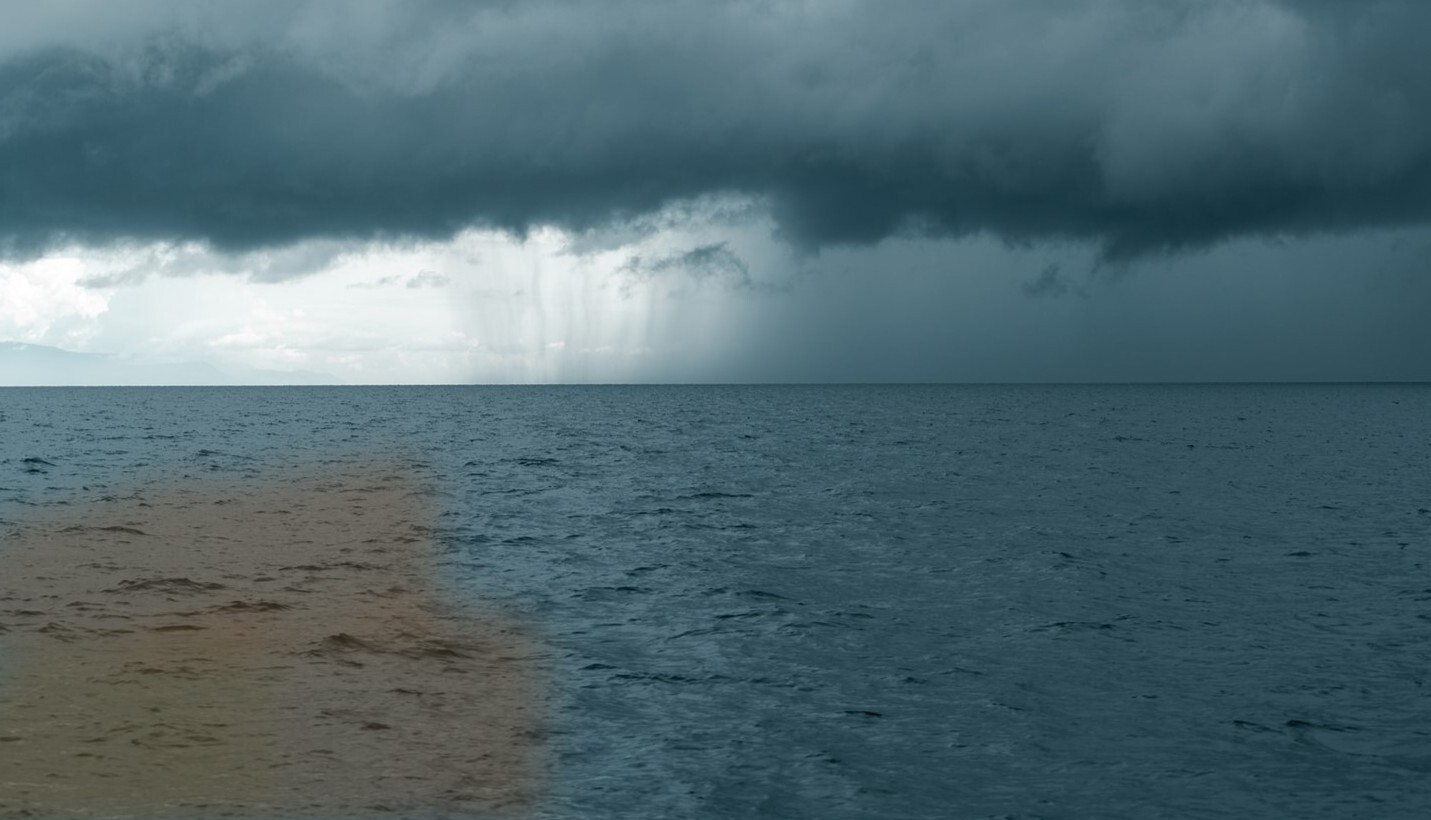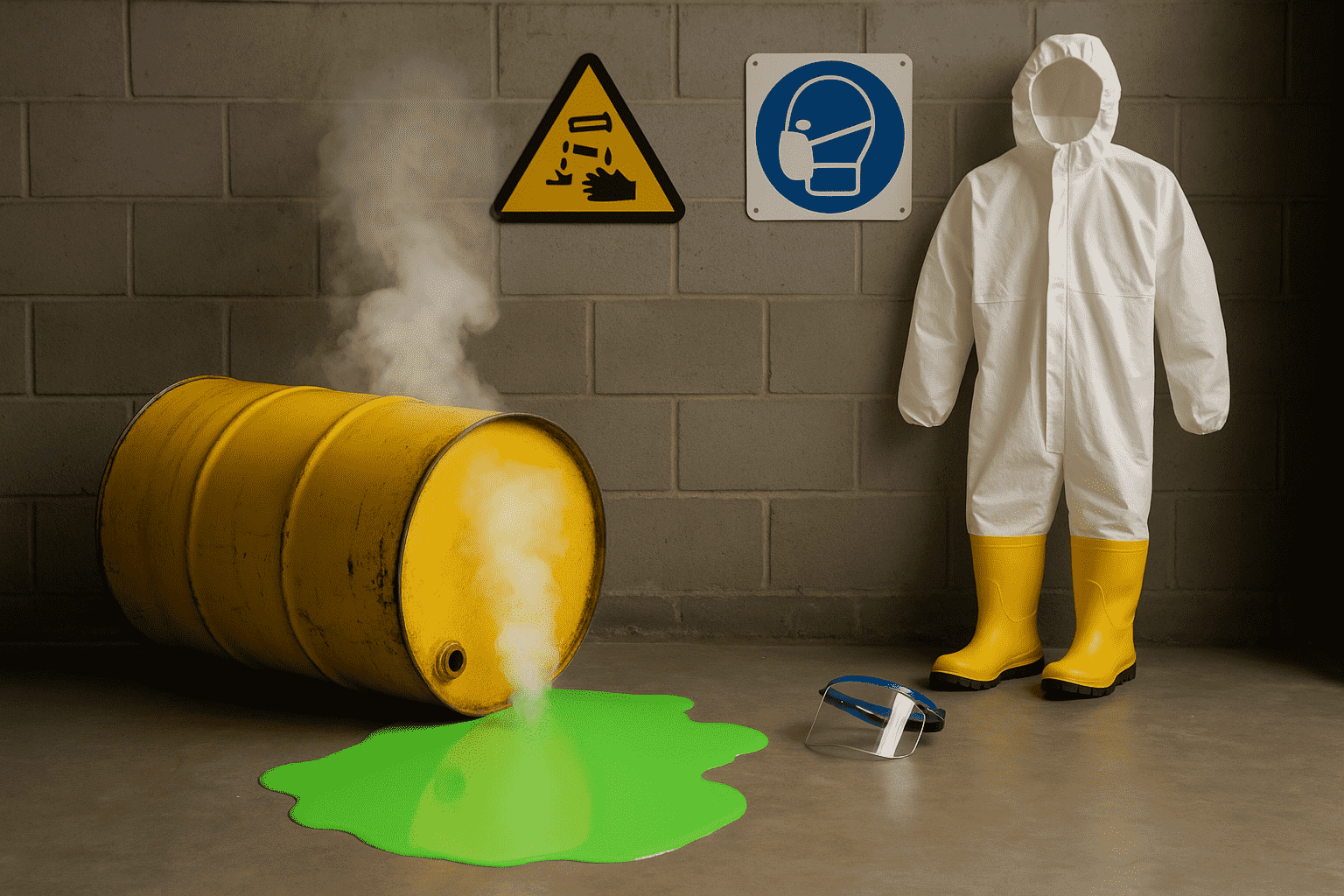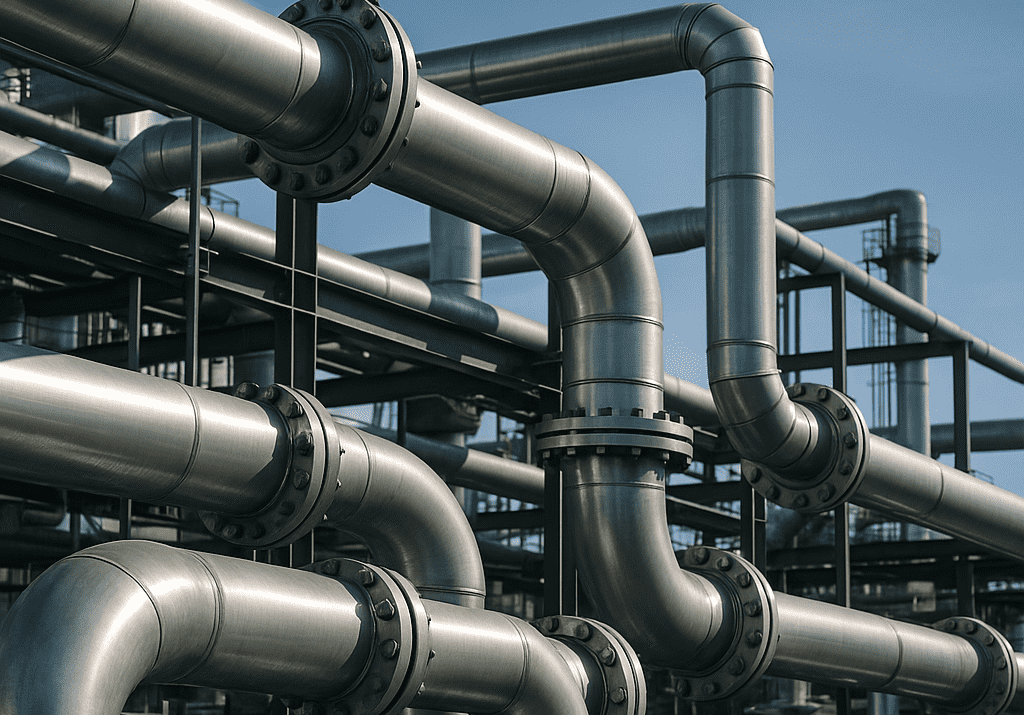Why Hire Oil Spill Response Equipment?

Oil spills have a devastating effect on the environment if not controlled and cleaned in time. It disrupts the ecosystem, endangers life around the spill, and has the potential to produce serious long-term effects which can have higher adverse effects than the actual accidental spill. The danger oil spill poses along with its characteristics to spread and penetrate the environment calls for emergency response.
As we are aware during an emergency quick responses help mitigate the damage to a great extent. In case of an oil spill specialized equipment and trained personnel play a crucial role in controlling the damage.
To understand oil spill response better let us have an overview of some of the widely used equipment during offshore and on-shore or near-shore oil spills.
• Radars: oil detection radar helps locate the spill site. It proves to be crucial in mobilizing resources
• Sensors: detect the type of oil spill thereby helping in identifying which oil spill equipment should be deployed
• Containment Booms: are floating barriers to prevent the spread of oil. It also has a function to guide oil toward collection points.
• Oil Skimmers: oil skimmers recover oil floating on the surface of the water. The common types of skimmers are weir skimmer, drum skimmer, and oleophilic skimmer. In the case of oleophilic skimmers, the oleophilic surface attracts oil floating on the surface, which is removed using blades and collected in an oil collection tank on board or onshore.
• Pumps: pumps are used to transfer skimmed oil to the collection tank.
• Oil Storage Tanks are used to collect the recovered oil.
• Dispersants: dispersants enhance the natural breakdown of oil into smaller droplets that help it mix with the water.
• Absorbent: it is a substance that is both oleophilic and hydrophobic in nature thus attracting oil into the body. Adsorbents are most effectively used at the final stage of shoreline clean-up and for recovering small pools of oil.
The above-mentioned Oil Spill Response Equipment
can be further divided into various categories based on their specific applications. As per the site conditions, appropriate equipment is deployed to achieve the best results.
Combating oil spills is a task that needs a swift response and effective results. Some major hurdles such as site conditions, poor weather conditions, low temperature, reduced vision or long periods of darkness, etc make the task challenging. Apart from the natural conditions that pose a challenge, there are a few other difficulties that operators face while combating oil spills.
• Trained Personnel: oil spill response requires trained personnel to handle the task. Developing and managing an experienced team ready for emergency oil spill response is a major challenge in oil spill response preparedness.
• CAPEX: the capital investment required to purchase oil spill response equipment is considerably high.
• OPEX: the equipment requires regular maintenance which may not be welcomed as the equipment is generally used at long intervals which is only in case of emergency
• Storage: booms, skimmers, pumps, tanks, and other tools and equipment require large storage space which may not be feasible in certain cases.
• Disposal: oil spill clean-up beings with booms but it ends with safe disposal of the contaminants or oil spill waste. The cleaning of site equipment and its safe disposal involves regulatory obligations, cost and consumes time.
The cost of preparedness is a major area of concern to the operators. The oil market uncertainty further makes decision-making difficult.
An option of hiring oil spill response equipment may be a preferred choice considering the benefits it offers.
Savings
A substantial part of the budget allocated to emergency oil spill response can be restructured as initial capital investment for equipment purchase is not required. Hiring also aids free up working capital for core business as it eliminates the cost of storage and maintenance.
Hassel-Free
The hassle of equipment purchase and maintenance can be avoided.
Time
Hiring oil spill equipment saves considerable administrative time allowing the operator to focus on its core business.
Apart from the three important points mentioned above, the hiring of oil spill equipment guarantees the availability of large inventory and highly trained personnel at all times. The wide network of service providers enables quick response with the right team & tools in time which is crucial to mitigate the damage caused by oil spills.
Considering the impact of oil spills on the environment, the action to mitigate the damage necessitates 100% preparedness. The cost and efforts required to ensure emergency response should not jeopardize safeguarding our environment.
Hiring oil spill equipment may prove to be a profitable option. Evaluate, engage, and ensure protection of the Environment.
Frequently Asked Questions
Q.1 What are the advantages of using an oil water separator?
A. An Oil Water Separators is a device that is used to separate oil and water from a mixture. It can be used for a variety of applications, such as wastewater treatment, petroleum refining, and industrial processes. The main advantage of using an oil water separator is its ability to separate oil from water quickly and effectively with minimal effort.
Q.2 How is a sluice gate used to regulate water flow?
A. A Sluice Gates is a mechanical device used to regulate the flow of water in a river, canal, or reservoir. It is an effective way to control the water level and ensure that it remains within acceptable limits. The sluice gate consists of two parts: a frame and a gate. The frame is mounted on the river bed or dam wall and the gate is connected to it with hinges.
Q.3 How does an industrial oil skimmer work?
A. An Industrial Oil Skimmer is a device used to remove oil from the surface of a liquid. It works by drawing in the oil with a belt or tube, and then collecting it in a container for disposal. The skimmer can be used in many industrial applications, such as wastewater treatment plants, food processing plants, and automotive garages.





